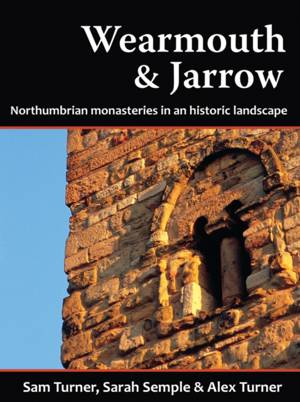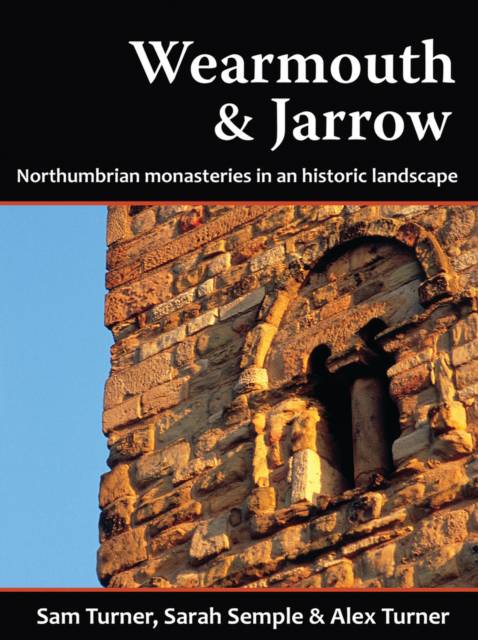
Je cadeautjes zeker op tijd in huis hebben voor de feestdagen? Kom langs in onze winkels en vind het perfecte geschenk!
- Afhalen na 1 uur in een winkel met voorraad
- Gratis thuislevering in België vanaf € 30
- Ruim aanbod met 7 miljoen producten
Je cadeautjes zeker op tijd in huis hebben voor de feestdagen? Kom langs in onze winkels en vind het perfecte geschenk!
- Afhalen na 1 uur in een winkel met voorraad
- Gratis thuislevering in België vanaf € 30
- Ruim aanbod met 7 miljoen producten
Zoeken
Wearmouth & Jarrow
Northumbrian Monasteries in an Historic Landscape
Sam Turner, Sarah Semple, Alex Turner
Paperback | Engels
€ 27,95
+ 55 punten
Omschrijving
Presenting the results of new research on the monasteries of Wearmouth and Jarrow--among the most sophisticated centers of learning and artistic culture in 7th- and 8th-century Europe, and the home of Bede--and their churches, this study examines the long-lasting effect of their buildings and estates on the surrounding region from the Anglo-Saxon period to the present day. The authors trace these relationships through time with new studies of the changing landscape, the monastery precincts, and the surviving structures themselves, detailing how the historical archaeology of the sites reveals how the churches and their communities were rooted in the landscapes of Northumbria but flourished through their links with other parts of Britain and Europe. Researchers from many different backgrounds contributed to the project, using aerial, geophysical, geoarchaeological, and palaeoenvironmental surveys and digital mapping to examine the monasteries and surrounding lands. This book reveals not only the link between the churches and the region's political and economic history, but also demonstrates how their cultural significance for local people in northeast England has changed over time.
Specificaties
Betrokkenen
- Auteur(s):
- Uitgeverij:
Inhoud
- Aantal bladzijden:
- 288
- Taal:
- Engels
Eigenschappen
- Productcode (EAN):
- 9781909291133
- Verschijningsdatum:
- 1/11/2013
- Uitvoering:
- Paperback
- Formaat:
- Trade paperback (VS)
- Afmetingen:
- 184 mm x 248 mm
- Gewicht:
- 725 g

Alleen bij Standaard Boekhandel
+ 55 punten op je klantenkaart van Standaard Boekhandel
Beoordelingen
We publiceren alleen reviews die voldoen aan de voorwaarden voor reviews. Bekijk onze voorwaarden voor reviews.









